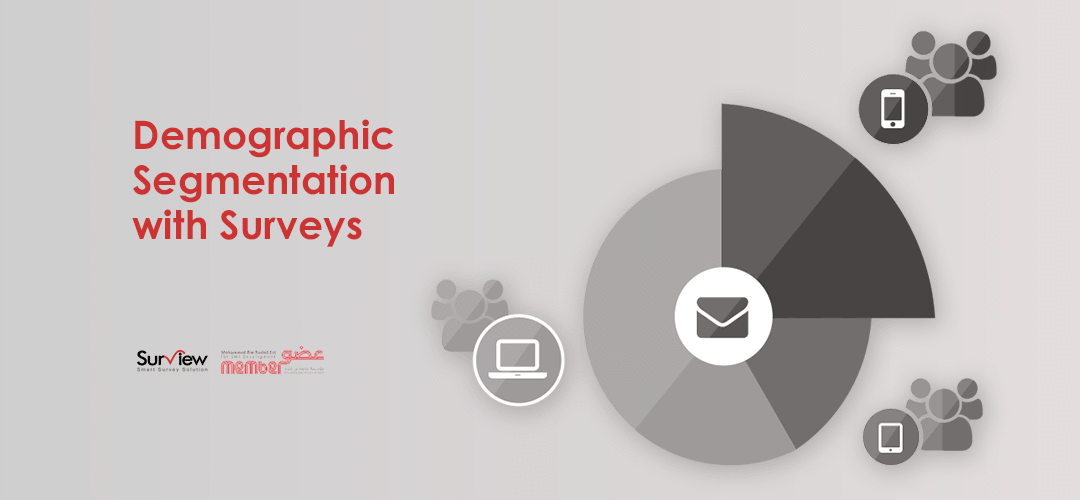The main types of variables used for Demographic segmentation include: age, gender, family size, income, occupation, religion, race, nationality, qualification, marital status, nature of employment etc. These variables help in dividing a large population into specific customer groups.
Having better understanding of the demographic groups eases the process of creating a strategy for business owners, marketers and other decision makers. Dividing the target audience according to demographic diversity helps decision makers in designing an accurate marketing plan which will yield effective results.
The products or services that interest an Emirati, 13-year-old boy, might not interest a 40-year-old Asian woman.
One approach to divide large population into demographic segments is, creating a survey. In a survey you can write question which will collect responses which you can segment in various combination, such as:
In 20-year-old UAE males which auto maker is most famous.
Here are a few demographic examples:
- Age Segmentation – Age is one of the most common demographic segmentation elements. Every age group has their peculiar characteristics and needs. Generally, teenagers might be more inclined towards latest, good looking cars but working professionals would require a car that caters to his/her family and also fits a particular budget.
Every age group has a specific requirement which will be extremely different to the requirement of the other age groups. Babies require a constant supply of diapers, special clothing, formula and other such products while toddlers require educational toys, coloring books, products that stimulate their mental and physical growth. Middle-aged adults may invest a lot more in an expensive technological gadget than a teenager. An old-aged person would rather spend their money in buying health-related products. As seen in all these examples, every segment has specific requirements and organizations can develop strategies on the basis of these requirements to obtain effective results.
- Family Segmentation – There is a lot of variation in this segmentation type. A lot of families have one or multiple children, some have single mothers or fathers, etc. Child-free families will never purchase products related to children such as baby lotion, toys or diapers. A multinational organization which is into developing these products will conduct the demographic examples on the basis of the type of family. Single parents will be more inclined in saving cost at various products that might not be a concern for most child-free people.
- Gender Segmentation – Gender is quite a basic category to conduct segmentation. Every gender has specific characteristics which are distinct and instrumental in decision making. It is very natural for males, females, transgenders, to have different likes and dislikes. Men might not be as interested in makeup or fashion accessories in a manner that women will be. There are a lot of preference differences that are based on gender. Females are usually into makeup products and there are currently more females who show interest in latest fashion products. On the basis of these characteristics, makeup or fashion brands can create a marketing strategy that targets women to get better business results.
- Race and Ethnicity Segmentation – Race and ethnicity are sensitive categories. Promoting a product depends on that target race or ethnicity as it may be adapted differently by each one of these races/ethnicities. People belonging to various races will have different food preferences, clothing habits, and many other different attributes. Stereotypical segmentation may hurt sentiments which may cause harm to a business.
- Family Income Segmentation – One of the most straightforward segmentation types is based on income. Income of an individual or a family would govern their ability to purchase products/services of different cost categories. A person who can barely afford to provide food and shelter for his/her family would definitely not be able to afford an iPhone. Companies that offer luxury cars or watches must target customers who have a considerable amount of superfluous earnings. The most likely target audience of an organization that affordable mobile phones will be mid to low income customers.
To collect insights about the demographic segments for your business, create a survey today. Visit www.surview.ae

